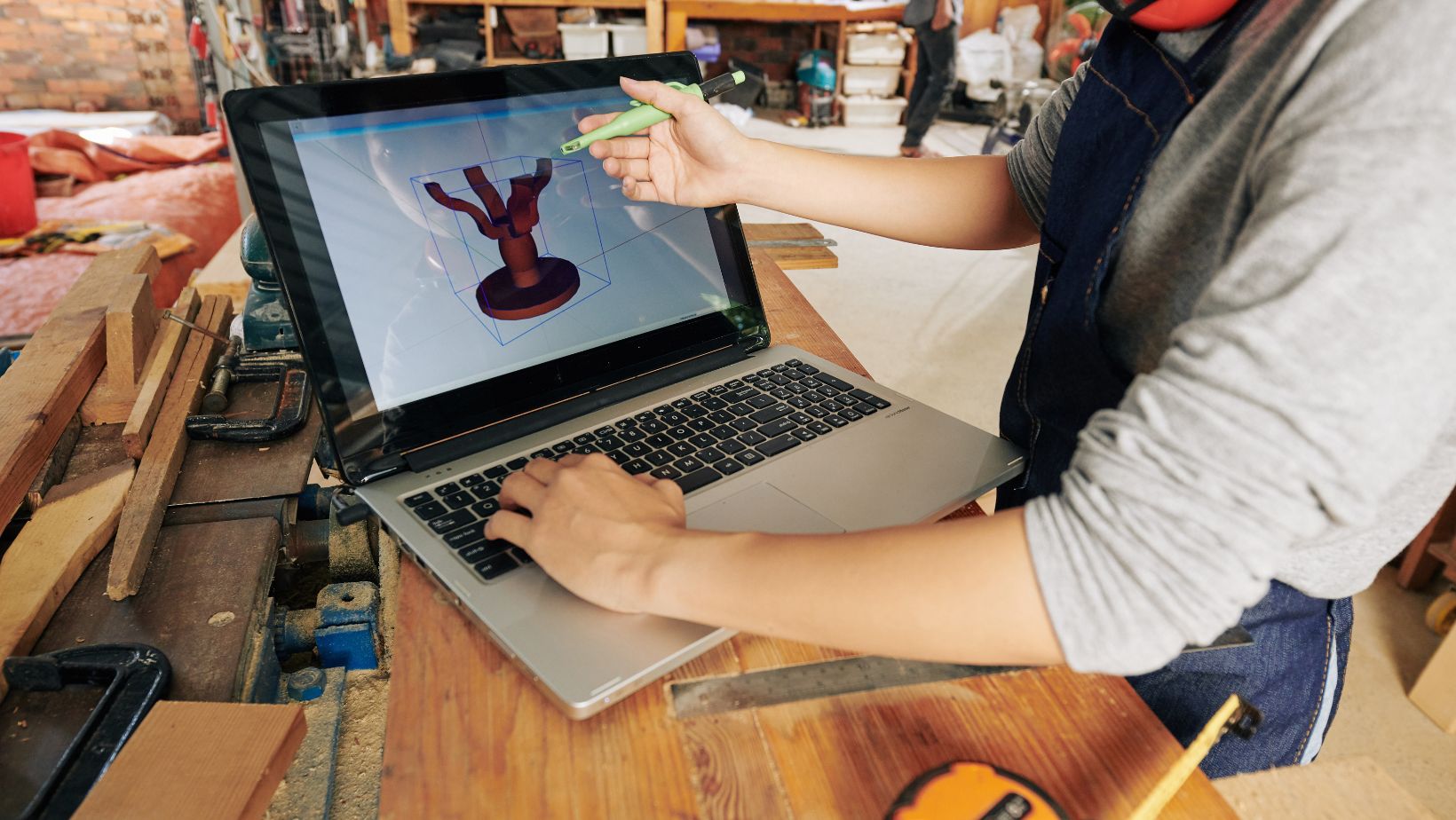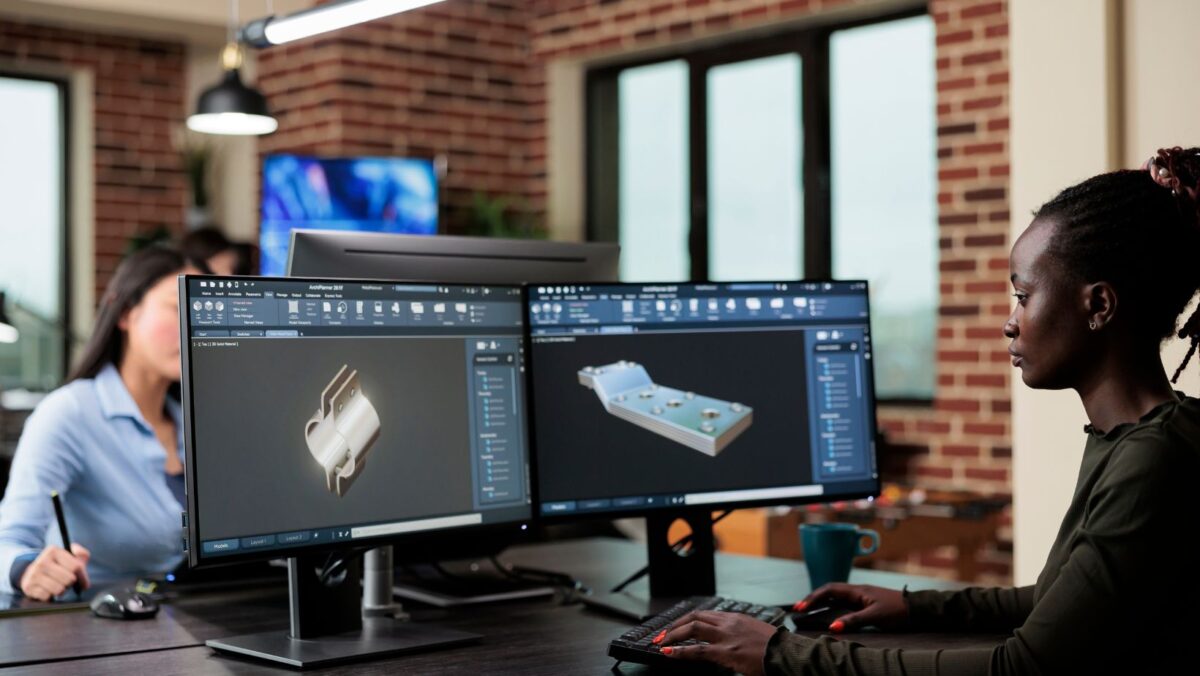There’s a reason people will spend four hours assembling a flat-pack bookshelf, even when they could’ve just bought one ready-made. And there’s a reason they proudly tell their friends, “I built it myself,” even if the shelves wobble and the instructions were a nightmare.
That reason? The IKEA Effect.
It’s not just about furniture. It’s about ownership. A simple truth that changes how people buy, how they perceive value, and how companies sell.
And it’s now at the core of a technology revolution: 3D product configuration paired with CPQ (Configure, Price, Quote) systems. From ecommerce to industrial manufacturing, businesses are waking up to this new reality – not because it’s trendy, but because it works.
In this article, we’ll dive deep into why letting customers “build it themselves” creates loyalty, raises perceived value, and drives conversion. We’ll explore the psychology, the data, the real-world examples, and the tools – including a look at the Magento 2 product configurator that’s bringing enterprise-level customization to everyone.
The Psychology: Why People Value What They Create
Let’s start with a simple question:
Why does building something yourself make you like it more?
In a study published by Harvard Business School, researchers Michael Norton, Daniel Mochon, and Dan Ariely coined the term “The IKEA Effect” after discovering that people who assemble their own products assign significantly higher value to them, often more than products assembled by professionals.
It’s not logical. It’s emotional.
You invest time, effort, and attention, and that makes the product feel like a piece of you. It becomes more than an object. It becomes yours.
That same principle is now being applied in the digital world. When a customer builds their own version of a product – even just by selecting colors, materials, or dimensions — they’re experiencing a microcosm of this effect. They’re not just shopping. They’re creating. And creation leads to emotional connection.
This is the psychological engine that drives the modern 3D configurator.
Why Static Product Pages Are Dead
Let’s be honest: the average product page today is stale. Even the ones with sleek animations and clever headlines can’t compete with the experience of real-time interactivity.
Here’s the reality:
- Shoppers are tired of generic product thumbnails.
- Sales teams are frustrated by misaligned expectations.
- Engineers are burdened by requests to make dozens of versions just for quoting.
What’s the answer?
Give the power to the user.
With 3D product configuration, brands can hand over the keys – letting users build, rotate, customize, and price their own products in real-time. Whether it’s a configurable bike, a custom-built wardrobe, or a modular piece of machinery, the result is the same: higher engagement, faster conversions, fewer errors.
And most importantly: a customer who feels ownership before they’ve even checked out.
The Deeper Benefits of 3D Product Configuration
Let’s go beyond surface-level UX. What’s really happening when a user plays with a 3D configurator?
- Cognitive engagement
They’re not passively scrolling. They’re making decisions. Each decision deepens focus – and ownership. - Progressive commitment
Every click builds momentum. By the time they hit “Add to cart” or “Request a quote,” they’ve mentally crossed a line. - Visual learning
Instead of decoding specs or guessing measurements, users learn visually. It reduces friction. It builds confidence. - Emotional connection
A static product is just a thing. A configured product is a story. Their story.

This blend of logic and emotion is what makes 3D product configuration so effective. It doesn’t just sell products – it sells experiences.
The Co-Creation Advantage: Make Me Part of the Process
We’re living in the age of personalization. Customers expect more than choice – they expect control.
But personalization isn’t enough. The real game-changer is co-creation.
- Personalization is when you, the brand, tailor something for the customer.
- Co-creation is when the customer builds it with you.
This distinction matters.
When customers co-create, they don’t just like the product more – they become emotionally invested in it. They’ll wait longer. Pay more. Defend their choice. Recommend it to others.
Let’s put this into context with a simple story:
A customer is buying a high-end electric bike. They could pick one of three models from a dropdown. Or… they could go into a configurator, choose frame geometry, battery range, custom paint, smart lock integration, and preview it in real-time.
Ten minutes later, they’ve clicked “Save configuration,” entered their email for a quote, and named the bike Storm Rider.
That’s not a product anymore. That’s a creation.
And no – they’re not going to abandon it in a cart. Not after all that work. It’s theirs now.
Beyond Retail: B2B Use Cases That Change the Game
It’s easy to see the value in consumer-facing brands. But what about B2B? What about manufacturing? Logistics? Industrial equipment?
This is where the magic gets even more powerful.
Imagine you’re a factory manager trying to order a custom conveyor system. Traditionally, that process might involve:
- Emailing specs.
- Phone calls with sales engineers.
- Several rounds of PDFs.
- Weeks of delay.
Now imagine opening a browser, selecting conveyor type, adjusting length, choosing material grade, specifying motor specs, and seeing a live 3D rendering update instantly. With a click, you request a quote.
Behind the scenes, the system generates a BOM, routes it to the correct sales rep, and logs the activity into your CRM.
That’s not just better UX – that’s sales enablement, engineering automation, and customer delight rolled into one.
And that’s the true value of combining CPQ + 3D configuration. It’s not just cosmetic. It’s structural.
Magento and the Democratization of Configuration
For years, 3D configurators were luxury tools reserved for multi-million-dollar brands. They were complex, custom-built, and expensive to maintain.
But platforms like Magento – especially when paired with powerful visual engines – are changing that.
A Magento 2 product configurator lets mid-sized and niche brands tap into this capability without building from scratch. It integrates directly into your existing store, automates the configuration logic, and renders beautifully on desktop or mobile.
It’s democratization at its best: enterprise-grade tools, without the enterprise bloat.
The Data Doesn’t Lie: What the Numbers Say
If the emotional logic doesn’t convince you, maybe the data will:
- 28% higher conversion rates for sites using interactive 3D visualizations.
- 20%+ increase in average order value when customers personalize or configure their product.
- 35% reduction in quote-to-order time with automated CPQ workflows.
- 40% drop in returns for configured vs. non-configured products.
But here’s the stat that matters most:
70% of consumers say they’re more likely to buy from a brand that lets them personalize the experience.
Let that sink in. In a world of unlimited choice, what wins? Involvement.
Common Misconceptions (and Why They’re Wrong)
Let’s bust some myths:
- “Configurators are too expensive.”
Not anymore. SaaS platforms and modular plugins make it affordable – especially when you factor in the ROI. - “It’s only for simple products.”
On the contrary – the more complex your offering, the more configurators shine. - “Customers don’t want to do all that work.”
Actually, they do. As long as it’s intuitive and rewarding. Gamification principles apply. - “It won’t work on mobile.”
Today’s best 3D engines are mobile-optimized and lightning fast.
The Future of CPQ Is Emotional, Not Just Logical
Traditional CPQ was about logic: pricing rules, feature dependencies, discount structures. That’s still essential.
But the future of CPQ – the one that closes deals faster, sells more, and builds lasting loyalty – is emotional.
It taps into:
- The thrill of building.
- The satisfaction of control.
- The pride of authorship.
It doesn’t just answer, “How much will this cost?”
It answers, “What do you want to create?”
Closing Thoughts: The Product Is the Portal
Here’s the most powerful idea of all:
The product is not the product.
It’s a portal – into experience, into identity, into story.
When someone configures a product, they’re imagining themselves with it. They’re not just shopping. They’re projecting. They’re seeing a version of their life enhanced by something they helped make.
And that is far more persuasive than any bullet point or spec sheet.
So give them the tools. Let them build. And watch what happens next.

